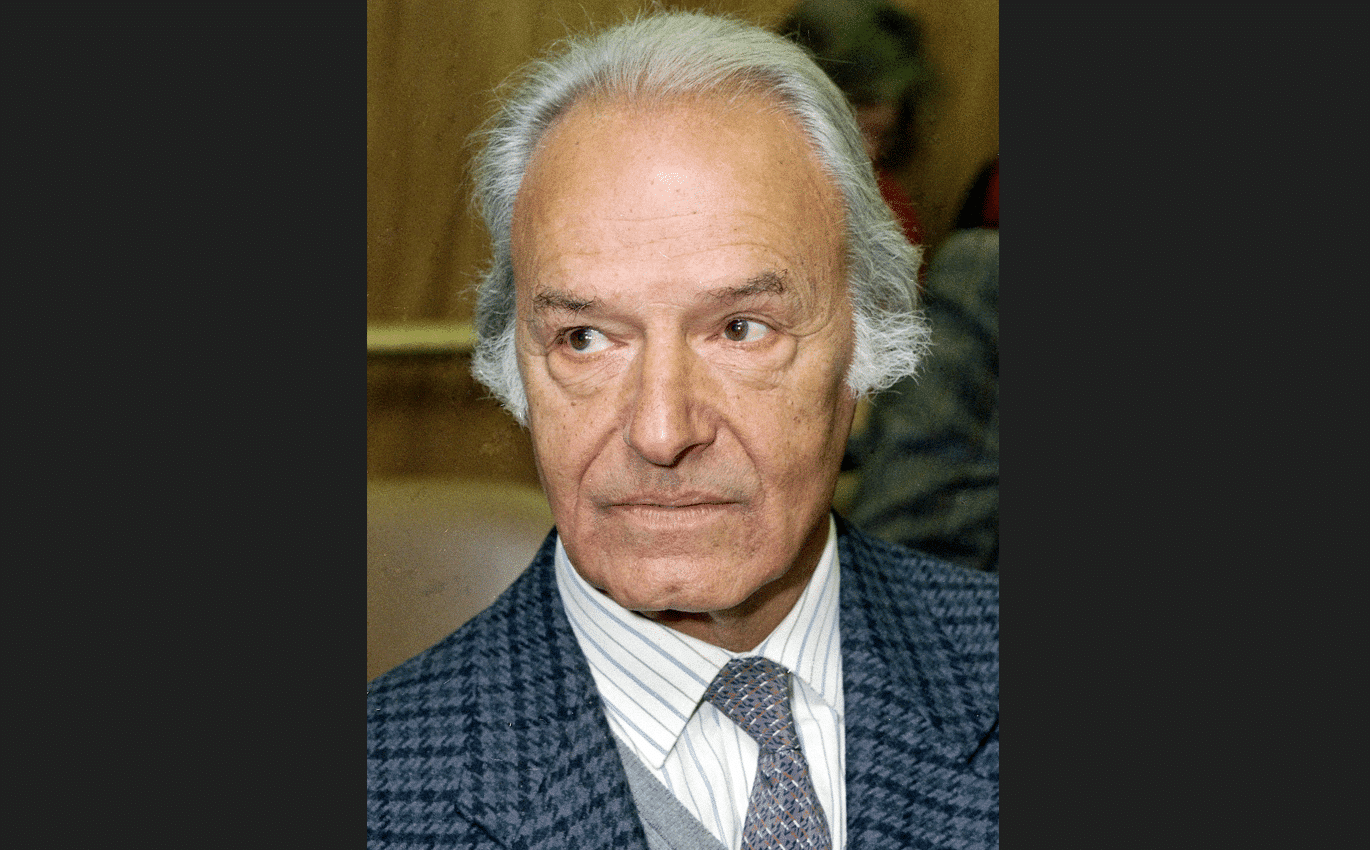Among those brave Portuguese who opposed the dictatorship of the Estado Novo was the Algarvian Hermínio da Palma Inácio, whose contribution to the resistance is rarely recognised.
Hermínio was born in Ferragudo to José Inácio and Custódia da Palma, both of whom worked on the railway at Tunes.
Hermínio left the Algarve at age 18 to join the Air Force at Sintra. He trained to become an aircraft mechanic, and also qualified for his civil pilot’s licence. In the Air Force, he learned about Humberto Delgado and his ideas of democracy.
There were two failed revolts against the Salazar government
after the end of WW2. In the second, the Abrilada of April 10, 1947, Inácio agreed to ensure that no military plane could take off from his home base north of Sintra. The plotters under the leadership of José Mendes Cabeçadas planned a return to the democratic principles of the coup of May 28, 1926.
After the coup failed, Inácio was suspected of sabotage and he went to ground at the farm of a friend, in Loures, just to the north of Lisbon. Although he kept out of sight for three months, he was denounced to the GNR, detained by the PIDE on September 6, 1947, and transferred to the Aljube Prison. The plotters were tried and sentenced; the senior officers got off with a fine, while junior technicians were sentenced to 20 years’ imprisonment – a good example of class justice.
Inácio was tortured but withstood the threats of PIDE and prepared to escape through the only window in the Aljube which had no bars. On May 16, 1948, together with other prisoners, he joined the queue to use the bathroom. Underneath his baggy trousers, he had four bedsheets wound around his legs. As the guard’s attention was distracted, he jumped out of the window into the lobby where he surprised the one guard on duty, ran down the stairs which led down to the street, shoved aside the guard at the outer door of the prison and ran off as fast as he could up to the Rua Madalena, where he hailed a taxi and made good his escape.
Fed up with waiting for the revolution, which was not happening, he stowed away on a cargo ship which was leaving Barreiro for Morocco, and eventually, in 1956, made his way to Rio de Janeiro, where he contacted other figures opposed to the Salazar government. Two years later, General Humberto Delgado put himself forward as candidate for election to the Presidency of the Republic. It is commonly believed that he won 75% of the votes, but the Salazar government declared Almirante Tomás elected.
On November 10, 1961, Inácio took part in Operação Vagô, another action in the struggle against Salazar’s dictatorship. In one of the first instances of the hijack of a commercial airliner, a group led by Inácio hijacked the TAP aeroplane named Mouzinho de Albuquerque on its regular flight from Casablanca to Lisbon.
At a relatively low altitude, the TAP aeroplane circled over Lisbon, Barreiro, Setúbal, Beja and Faro, releasing tens of thousands of pamphlets entitled grandiosely the “Manifesto of the Anti-Totalitarian Front of Free Portuguese Living Abroad”. The pamphlet reported that the electoral process was fraudulent and called for a revolt against Salazar’s dictatorship.
Fighters from the Portuguese Air Force were unable to intercept the aeroplane, which returned to Morocco unharmed. The operation was a success and, after the Portuguese government requested the extradition of the conspirators from Morocco, they immediately fled to Brazil.
To be closer to Portugal, the revolutionary group relocated to Paris, and began to call itself LUAR – Liga de Unidade e Acção Revolucionária. It cannot be a coincidence that this acronym also means in Portuguese “moonlight”. The Portuguese political exiles recognised that they needed financial support for their activities.
Under Inácio’s leadership, LUAR planned an assault on the branch of Banco de Portugal in Figueira da Foz. The raid took place on May 17, 1967, and succeeded in taking 29 “mil contos” (about €145,000), at the time an enormous sum. The Estado Novo regime was shocked by the success of this raid, particularly since the money was never recovered.
Inácio planned another strike, this time at the town of Covilhã. It failed, and he was again captured by PIDE and imprisoned in Porto. His sister smuggled hacksaw blades into the prison, and Inácio sawed through the bars of his cell and escaped; although PIDE agents were aware that he had hacksaw blades, they could apparently never find them.
Entering Portugal once again in secret in November 1973, he was again apprehended by the secret police. Five months later, as he was in his cell at Caxias Prison near Lisbon, he and others received notice of the military coup which became the Carnation Revolution. This notice was given in Morse Code on the horn of a motorcar.
On April 26, 1974, the new Provisional Government gave orders that all political prisoners should be released. Some soldiers at the prison at first refused to release him because the bank robbery was not a political act, and he became the last political prisoner to emerge from Caxias.
One of Inácio’s guiding principles in LUAR was to avoid the shedding of blood, and in the months after April 25, he maintained LUAR in a neutral position, disapproving the moves to install a military dictatorship of either left or right.
In 1976, he dissolved LUAR and became a private citizen, refusing any kind of privilege or recognition. In retrospect, it is clear that LUAR under Inácio presented a major threat to the Estado Novo, and it was right that his persistent bravery should be recognised by the new democratic state.
During his Presidency of the Republic (1986-1996), Mário Soares determined to award him the Great Cross of the Order of Liberty, but it was not until May 10, 2000, that President Jorge Sampaio made the award to a deserving Hermínio da Palma Inácio.
By Peter Booker
|| features@portugalresident.com
Peter Booker co-founded with his wife Lynne the Algarve History Association.
www.algarvehistoryassociation.com




















